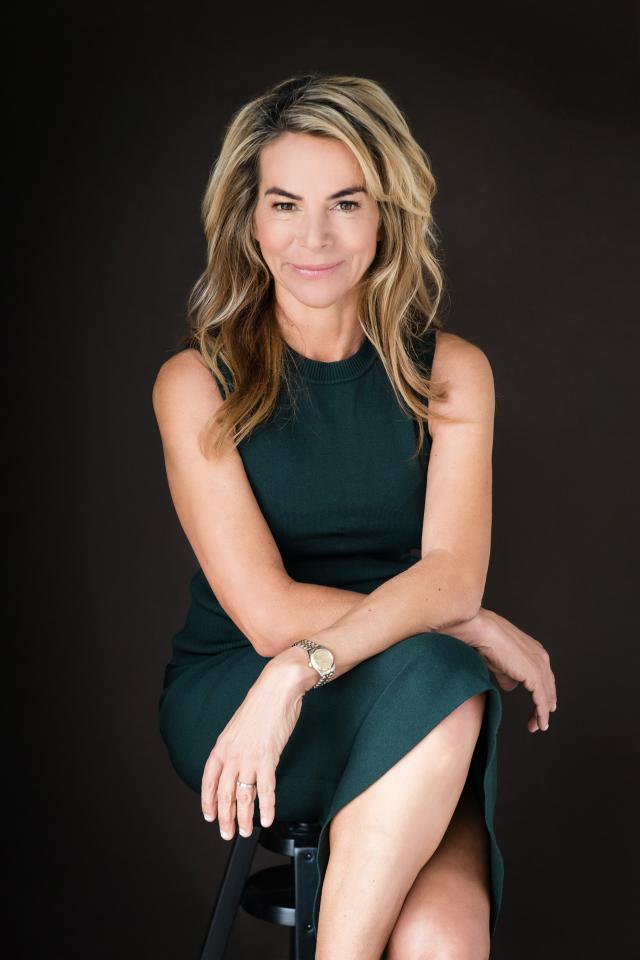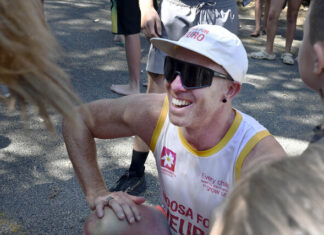In this month’s report, council provided a report to address my Notified Motions from June and December 2022 regarding the Noosa Waste Water Treatment Plant, and a council resolution for the development of a citizen science program.
I would like to start by acknowledging and thanking council for putting words into action and for putting our community, who place a high value on the natural environment and sustainability, first.
Although, the report does not address water discharge volumes, does not provide maps of Sunrise beach over the past 20 years, and does not provide an analysis of the contaminants from other potential sources within the catchment, ie stormwater or groundwater expressions into Burgess Creek, I am confident that this information and other concerns raised in community will be captured in the scoping and development of the Burgess Creek Catchment Plan.
The report, however, summarises some of the great actions that council has started to take:
1. The formation of a Burgess Creek Working Group to develop a Burgess Creek Integrated management Plan Project Initiation Document (PID)*.
2. The establishment of an interagency working group to share data about Burgess Creek.
3. A University of the Sunshine Coast and Noosa Council partnership project to investigate erosion and flow.
4. The potential expansion of additional monitoring sites.
5. The development of a citizen science water monitoring program.
6. Potential changes under DES Water Quality Objectives (as defined under the Environmental Protection (Wetland and Biodiversity) Policy 2019), to include flow targets and water quality objectives for Burgess Creek.
*Funding is still to be signed off to implement a Burgess Creek Integrated Management Plan (including PCG) and funding for surveys to inform a Catchment Action Plan are also not signed off.
It is important to know that the Creek is subject to varied land uses, which are inclusive of but not limited to the following:
• Noosa STP (sewerage treatment plant)
• Two de-commissioned landfills.
• Noosa National Park and Conservation Parks.
• Girraween Sporting Complex.
• Girraween State High School. and
• Recreational activities on Sunrise and Castaways Beaches.
A detailed review of these land-uses and their implications on the Burgess Creek water quality is within a report prepared by KPR (2004) for Unity Water. I have requested a copy of the report and asked if an updated version is available to feed into the Catchment Plan.
What I have learnt over the last 18 months, is that in order to achieve best environmental practices and outcomes for the Burgess Creek catchment, we need to work collaboratively with stakeholders including Unity Water and Department of Environment and Science (DES).
We need to do our own housekeeping.
We need data – data to improve the management of the environment, data to know what other researchers and Councils have found and how they have found it and data to improve transparency and accountability within the community.
More importantly we must welcome the data for the value it adds to the decision-making process.
You can’t fix a problem unless you know what the problem is. And you can’t manage what you can’t measure.
That is how we make good policy decisions and make informed decisions about sustainable use of the environment.
And we need funding.
State Funding such as SEQ City Deal and Federal Funding to deliver projects in wastewater resource recovery and upgrades in WWTP to improve the health of our waterways.
I am happy to report that in June 2023, I moved a Council resolution at the Australian Local Government Association (ALGA) calling on the Australian Government to formulate a National Policy on Ocean Sewerage Outfalls that aims at:
• No new ocean and estuarine sewerage outfalls to be built/developed along the Australian coastline.
• Dedicated funding to be provided to support local regional governments and wastewater providers with existing ocean and estuarine outfalls, to develop new methods/technologies and make every effort to recycle 100 per cent of all treated wastewater generated within their localities and avoid the need to discharge in the ocean.
It was carried unopposed by 357 councils in Australia.
I have also put forward a motion for council for this year’s LGAQ Conference in Gladstone, calling for LGAQ to advocate to the State for a State Policy on Ocean Sewerage Outfalls and funding, because we need to develop a standard, wastewater diversion targets and wastewater recycling and reuse targets that can be replicated across all the States in Australia.
This is how we achieve:
• Cleaner oceans.
• Cleaner wastewater.
• Reduce the impact of liquid waste on the environment and communities.
• Transition towards a circular economy for liquid waste.
• Environmental best practices.
And this is how we stop using our oceans as dump sites. By having all three levels of government and waste water providers, all working together.
(Please note this is my personal opinion and does not represent the position of council.)







